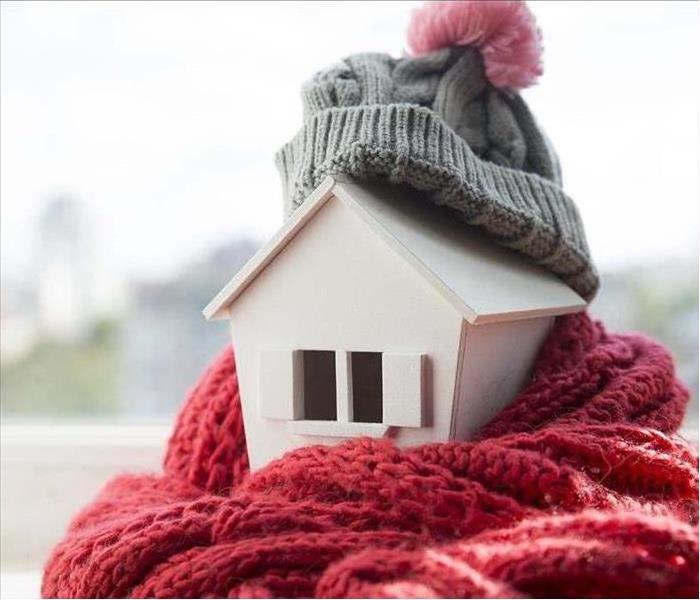Is it Time to Winterize your Home?
11/30/2022 (Permalink)
As cooler temperatures arrive, have you taken the opportunity to make sure your home is correctly winterized? Home winterization is not only the process of preparing and protecting a home or building from potentially freezing temperatures but also protecting it from the effects that such freezing temperatures could have including pipe bursts and water damage. Most homes are built to withstand the typical temperatures in which they reside. However, cold temperatures over a while can still test the ability to withstand such elements.
Make sure you’ve completed these quick and easy recommendations to prevent a temperature-related disaster.
- Turn up the inside heat temperature by a few degrees. Even though this may raise your utility bill a few dollars, it will save you the potentially large expense of disaster recovery.
- If the weather is calling for freezing temperatures, be sure to turn any sink, bath, and outside faucets to a drip to prevent them from freezing.
- Also if there is going to be freezing temperatures, open cabinets underneath sinks so that the heat can keep the pipes warm. You can also wrap your pipes in insulation for an extra measure of protection.
- Whether your home or business is occupied or empty, never completely turn off the heat. To prevent freezing or other damage, buildings need to be at least 55 degrees even if they are empty.
- If your home or business is in an older building, there is an increased risk of air drafts that allows the cold temperatures to enter. Be sure to block such drafts. Plastic winter insulation kits are available for drafty windows. Caulk or weather stripping can also help with drafts.
- Make sure that your vents can flow freely without being blocked by furniture or any other obstruction.
- Change your filters if needed to ensure your heat is working properly. Heat that is working improperly can be a risk for fire, carbon monoxide, and more.
- Make sure your fans are reversed to a clockwise rotation for them to rotate the warm air towards the ceiling downward and into the room.
- Be sure your gutters are free of leaves and any other blockages. Otherwise, excess water can freeze and cause unwanted damage to your property including water falling down the side of the house and saturating the ground around your foundation, along the walls, and in your basement. Also, Ice dams could cause major water damage to your roof, siding, and inside your walls.
- Replace any loose shingles on your roof. If the roof is exposed to rain or snow, your home is subject to water damage.
By taking these measures now, your property will be winter-ready for the elements of the season before disaster strikes.
However, should you suffer damages, we are available 24/7.

 24/7 Emergency Service
24/7 Emergency Service
